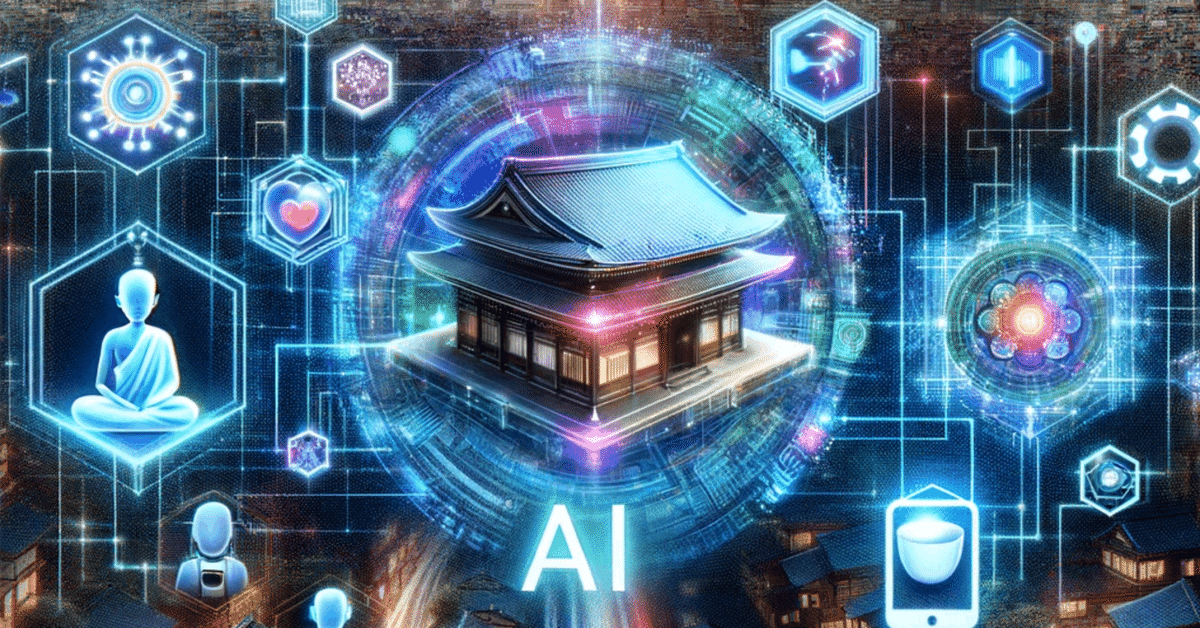
「日本の生成AIが注目されない理由:技術進化と新モデルの台頭」:”Why Japan's Generative AI Isn't in the Spotlight: Technological Advancements and the Rise of New Models”
東京大学の松尾豊教授によって2020年に日本初の生成AIが完成しましたが、その後の技術進化に伴い、注目度が低下しています。これには、生成AIの技術革新と新しいモデルの登場が関与しています。以下に、具体的な要因を分析します。
1. 新しいAIモデルの登場
近年、生成AIの分野ではLLM(大規模言語モデル)だけでなく、他の最新のAIモデルが利用され始めています。例えば、GoogleのPathwaysやDeepMindのAlphaFoldなど、多様な分野で優れた性能を発揮する新しいモデルが開発されています。これらのモデルは特定のタスクにおいて高い精度を誇り、LLMに依存しない新しいアプローチを提供しています。
2. 専門特化型AIの台頭
生成AIの応用範囲が広がる中で、特定の用途に特化したAIモデルが注目を集めています。例えば、医療分野では特定の疾患診断に特化したAI、金融分野では取引予測に特化したAIなどが開発されています。これにより、汎用的な生成AIの需要が相対的に減少し、特定用途に特化したモデルが優先されるようになっています。
3. エッジAIとオンデバイスAIの進化
エッジAIやオンデバイスAIの進化も、生成AIの注目度に影響を与えています。これらの技術は、デバイス上でのリアルタイム処理を可能にし、遅延を減少させるとともに、プライバシー保護の観点からも注目されています。例えば、スマートフォンやIoTデバイスでの利用が増えており、クラウド依存型の生成AIと比べて即応性やセキュリティの面で優れています。
4. 計算資源の最適化とエネルギー効率
新しいAIモデルは、計算資源の最適化とエネルギー効率の向上を重視しています。生成AIは膨大な計算資源を必要とするため、エネルギー消費が大きな課題となっています。これに対して、新しいモデルは効率的なアルゴリズムとハードウェアの進化により、同等の性能をより少ないリソースで実現しています。このため、エネルギー効率の高い新しいモデルが選ばれる傾向にあります。
5. 研究コミュニティと産業界の連携
最新のAIモデルは、研究コミュニティと産業界の連携によって迅速に実用化されています。例えば、企業が研究者と共同で開発を進めることで、技術の商用化がスムーズに進みます。一方、松尾教授の生成AIは、主に学術研究として開発され、商用化のプロセスが遅れている可能性があります。このため、産業界での利用が進まず、注目度が低いままです。
6. ユーザーの多様化とニーズの変化
ユーザーの多様化とニーズの変化も、生成AIの注目度に影響しています。特に、エンタープライズ向けのソリューションやカスタマイズ可能なAIモデルの需要が増加しています。企業は、自社のニーズに合わせた特化型AIを求めており、汎用的な生成AIよりもカスタマイズ性の高いソリューションを選択しています。これにより、特定の用途に合わせた新しいモデルが注目される傾向にあります。
結論
日本初の生成AIが注目されない理由は、最新のAI技術の進化と新しいモデルの登場にあります。専門特化型AI、エッジAI、計算資源の最適化など、新しいアプローチが次々と登場し、従来の生成AIの需要が相対的に減少しています。今後、これらの技術動向を踏まえた研究と開発が求められるでしょう。松尾教授の生成AIも、新しい技術と連携し、さらに進化することで再び注目を集める可能性があります。
In 2020, Professor Yutaka Matsuo of the University of Tokyo pioneered Japan's first generative AI. However, its attention has waned due to rapid advancements in AI technology and the emergence of new models. Several key factors contribute to this trend:
1. Emergence of New AI Models
Recent years have seen the rise of AI models beyond large language models (LLMs). Technologies like Google’s Pathways and DeepMind’s AlphaFold offer high accuracy in specific tasks, reducing the reliance on LLMs and providing innovative approaches to AI applications.
2. Rise of Specialized AI
Generative AI’s broad applications are being overshadowed by AI models tailored for specific purposes. For instance, medical AI for disease diagnosis and financial AI for trading predictions are gaining prominence. These specialized models attract more attention as they meet precise needs.
3. Advances in Edge AI and On-Device AI
Edge AI and on-device AI allow real-time processing on devices, reducing latency and enhancing privacy. These technologies are increasingly used in smartphones and IoT devices, offering advantages over cloud-dependent generative AI in terms of responsiveness and security.
4. Optimization of Computational Resources and Energy Efficiency
New AI models prioritize computational efficiency and energy savings. Generative AI requires extensive computational resources, posing significant energy challenges. In contrast, recent models achieve similar performance with fewer resources, favoring energy-efficient solutions.
5. Collaboration Between Research and Industry
New AI models benefit from close collaboration between research communities and industry, facilitating rapid commercialization. Professor Matsuo’s generative AI, primarily an academic endeavor, faces delays in commercialization, limiting its industrial adoption and visibility.
6. Diversification of User Needs
User needs have diversified, with a growing demand for enterprise solutions and customizable AI models. Businesses seek specialized AI tailored to their specific requirements, preferring customizable solutions over generic generative AI. Consequently, newer models tailored to specific applications gain more traction.
Conclusion
Japan's first generative AI's lack of attention stems from the evolution of AI technology and the advent of new models. Specialized AI, edge AI, and computational efficiency have led to a relative decline in demand for traditional generative AI. Moving forward, integrating these technological trends into research and development will be crucial for gaining renewed attention. Professor Matsuo’s generative AI has the potential to regain focus by evolving in tandem with these new technologies.
#生成AI #技術進化 #AIモデル #GenerativeAI #TechEvolution #AIModels
この記事が気に入ったらサポートをしてみませんか?
